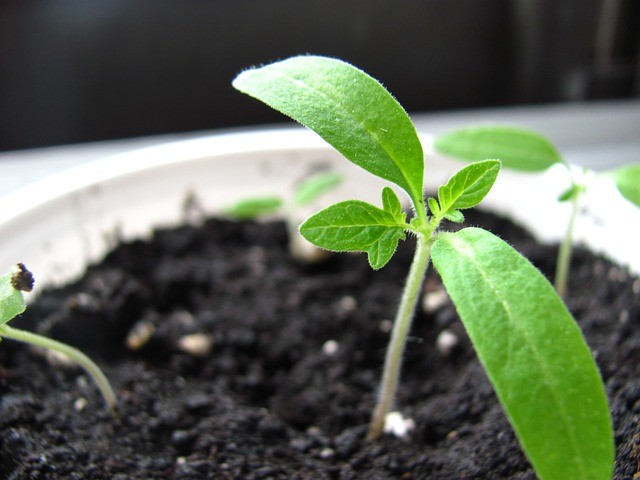Unlike animals, plant do not experience hunger or pain, however, they have the ability to send signals that are similar to animals when they are under stressful conditions.
Scientists have determined how plants generate a reaction toward their environment using a combination of electrical and chemical responses that is similar to animals where this complex process can only be found in plants.
According to Matthew Gilliham of the University of Adelaide, researchers have long known about how plants can also produce the neurotransmitter called GABA (gamma-aminobutyric acid) that is also present in animals.
These signals are sent when plants are under stress specifically when they encounter viruses, salinity issues, drought or even extreme temperatures and acidic soils, however, scientists just newly discovered that plants can also send these signals.
Their findings also reveal that the plants also bind these neurotransmitters in a similar manner as animals. The compound found on both plants and animals is the same but the proteins that bind it together are different meaning plants and animals have already evolved their own way of using this compound.
Researchers also say that GABA has profound multiple physiological effects in plants that include regulating pollen tube and root growth where GABA can now be considered as a legitimate molecule signal present in both plant and animal kingdoms.
Researchers also believe that this new knowledge can help them to develop new ways to study how plants respond to stress and to GABA. By knowing how plants respond to stress and able to use GABA, this can provide scientists a new tool that can help in breeding crops that are more sturdy and resilient to stress that can have a significant impact in the food industry.
Scientists also theorize that plant cells have utilized the GABA neurotransmitter and already adapted to it by using it as a communication tool. This new study is published in the journal, Nature Communications.



























